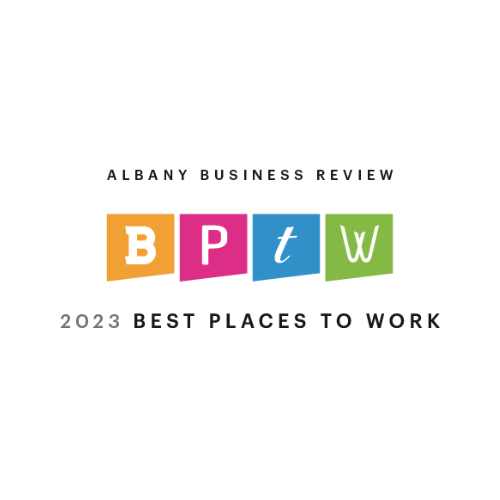What do we know so far?
Congress passed a $2.2 trillion bill which earmarked $350 billion in funds for Small Business Administration (SBA) loans through the Paycheck Protection Program.
The emergency loans are intended to cover payroll, benefits, commissions and similar types of compensation; payments of interest on mortgage obligations or rent; and utilities for qualifying small businesses. The loans are available through June 30, 2020.
Banks, credit unions and lenders can issue these loans which are fully-backed by the SBA.
Where do I go to borrow this money?
These loans are available through most financial institutions, including banks and credit unions. You can contact your current bank to learn more about their application process.
If you are located in NY, NJ or PA, loans are also available through Pursuit Lending, a lending institution that operates almost exclusively through the SBA. More information is available at https://pursuitlending.com/about-us/
Who is eligible?
Small businesses and 501(c)(3)s must meet the following criteria in order to be eligible:
- Operational on February 15, 2020
- Fewer than 500 employees and otherwise meet SBA size standard
- If in accommodation or food service (NAICS 72), the 500-employee rule is applied by physical locations, not in total
- Self-employed and independent contractors
- Tribal business concern that meet the SBA size standard
- 501(c)(19) veterans’ organizations that meet the SBA size standard
Here is a link to the SBA’s size standard by industry to help determine if you are considered a small business:
https://www.sba.gov/document/support--table-size-standards
How much can I borrow?
- Business owners can request up to 2.5 times their average total monthly payroll costs incurred during the year prior to the loan date.
- For businesses not operational in 2019, they can request 5 times their average total monthly payroll costs incurred for January and February 2020
- Seasonal employers can request 2.5 times their average total monthly payments for payroll costs for the 12-week period beginning February 15, 2019 or March 1, 2019 (decided by the loan recipient) and ending June 30, 2019
- Loan Amount cannot exceed $10 million
These items don’t qualify as payroll costs:
- Compensation in excess of $100,000
- Payroll taxes
- Compensation to employees who reside outside the U.S.
- Compensation to employees who qualify for sick leave under the Family and Medical Leave Act
Payroll for sole proprietors, independent contractors and self-employed individuals:
- The sum of payments of any compensation to or income of a sole proprietor or independent contractor that is wage, commission, income, net earnings from self-employment or similar compensation that is an amount not more than $100K as pro-rated for the covered period
Terms and Conditions
- Interest rates cannot exceed 4 percent
- The loans have a 10-year term
- Deferment relief for impacted borrowers is six months to one year
- Collateral requirements are low, if any
- No borrower or lender fees
What’s the forgiveness provision everyone is talking about?
After funds are disbursed, business owners can apply for the portion of the loan to be forgiven that covers qualifying costs of payroll, mortgage interest, rent and utilities. These costs must have been incurred and paid during the eight-week period immediately follow the granting of the loan. The amount of loan forgiveness cannot exceed principal. The amount of the loan that is forgiven will not be treated as taxable income.
Can the amount of forgiveness be reduced?
Yes. If there is a reduction in the number of employees or a reduction greater than 25 percent in wages paid, then a portion of the loan will not be forgiven.
What if I bring back employees or restore wages?
The full amount of the loan may still be forgiven if the borrower reverses the reduction in wages or reinstates all employees by June 30, 2020. This applies to any reduction in payroll or personnel that occurred on or after February 15, 2020.



